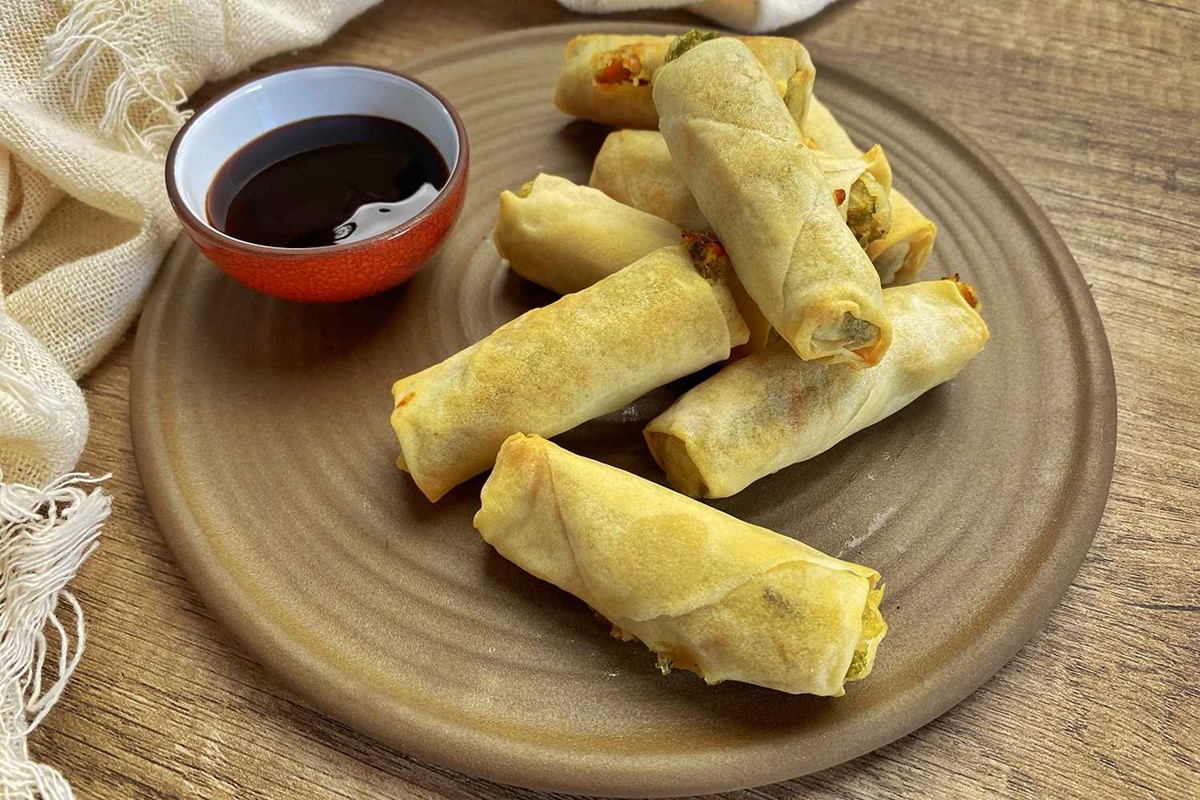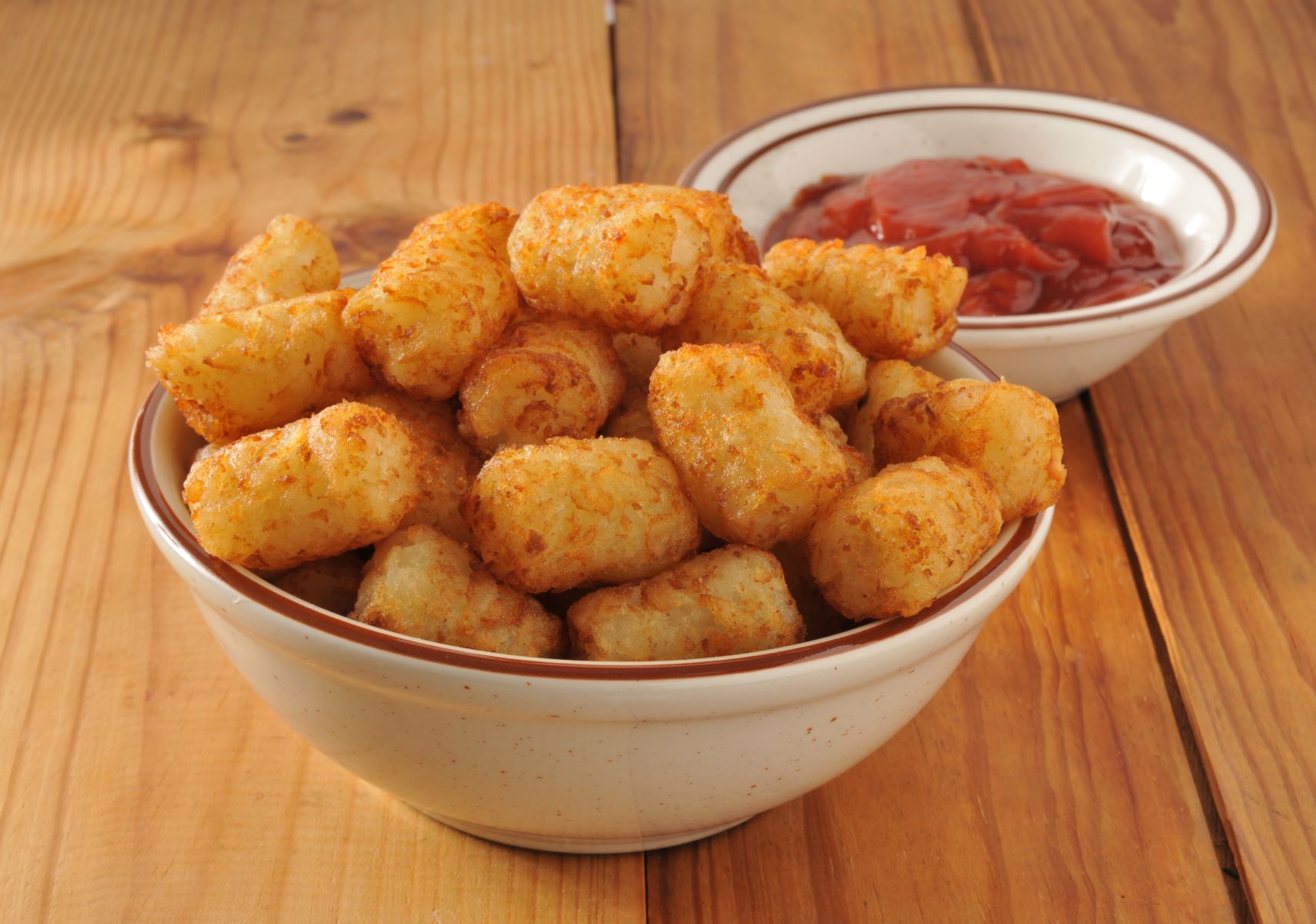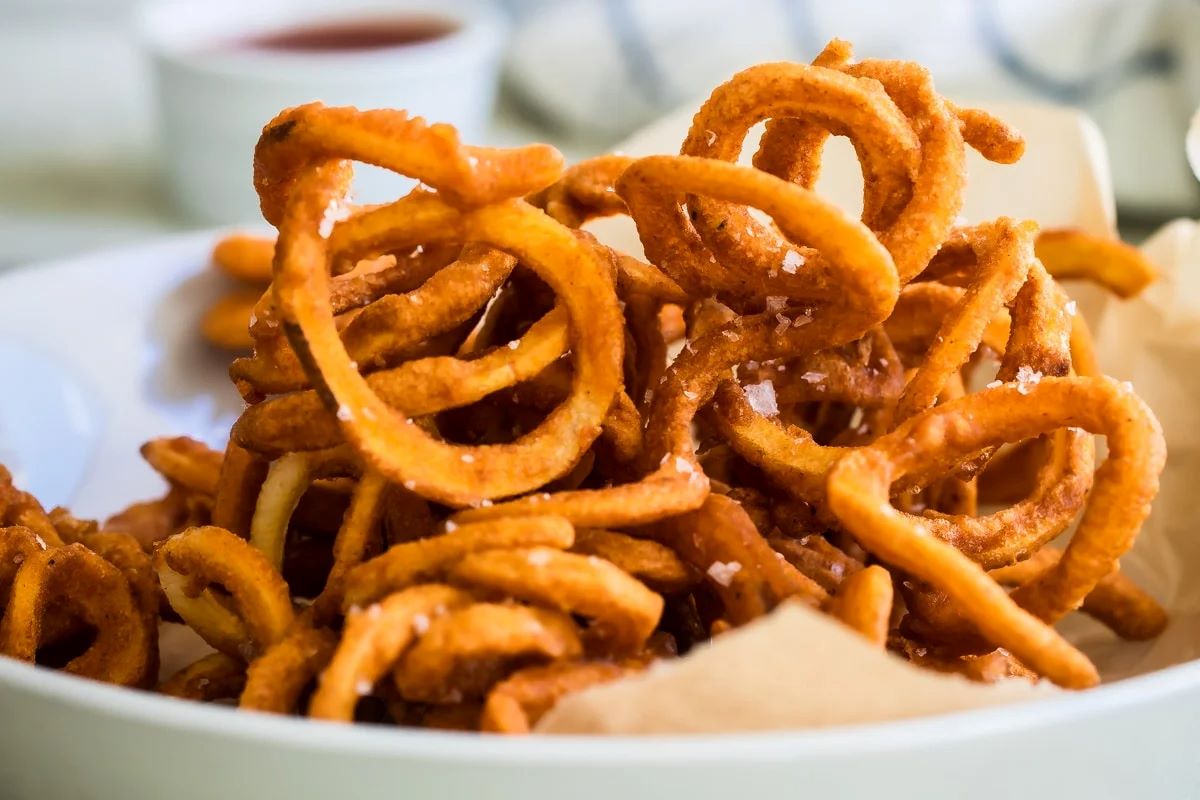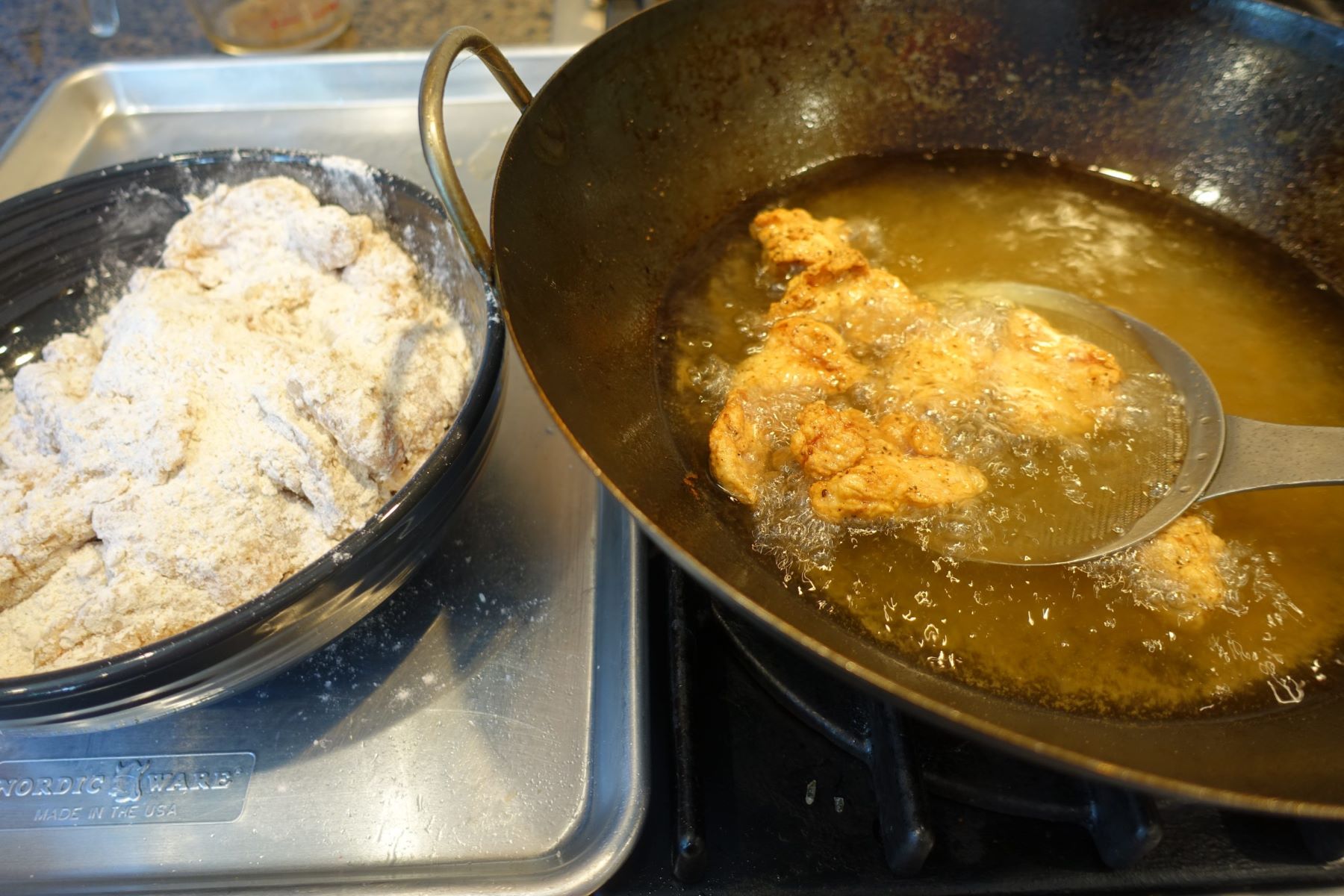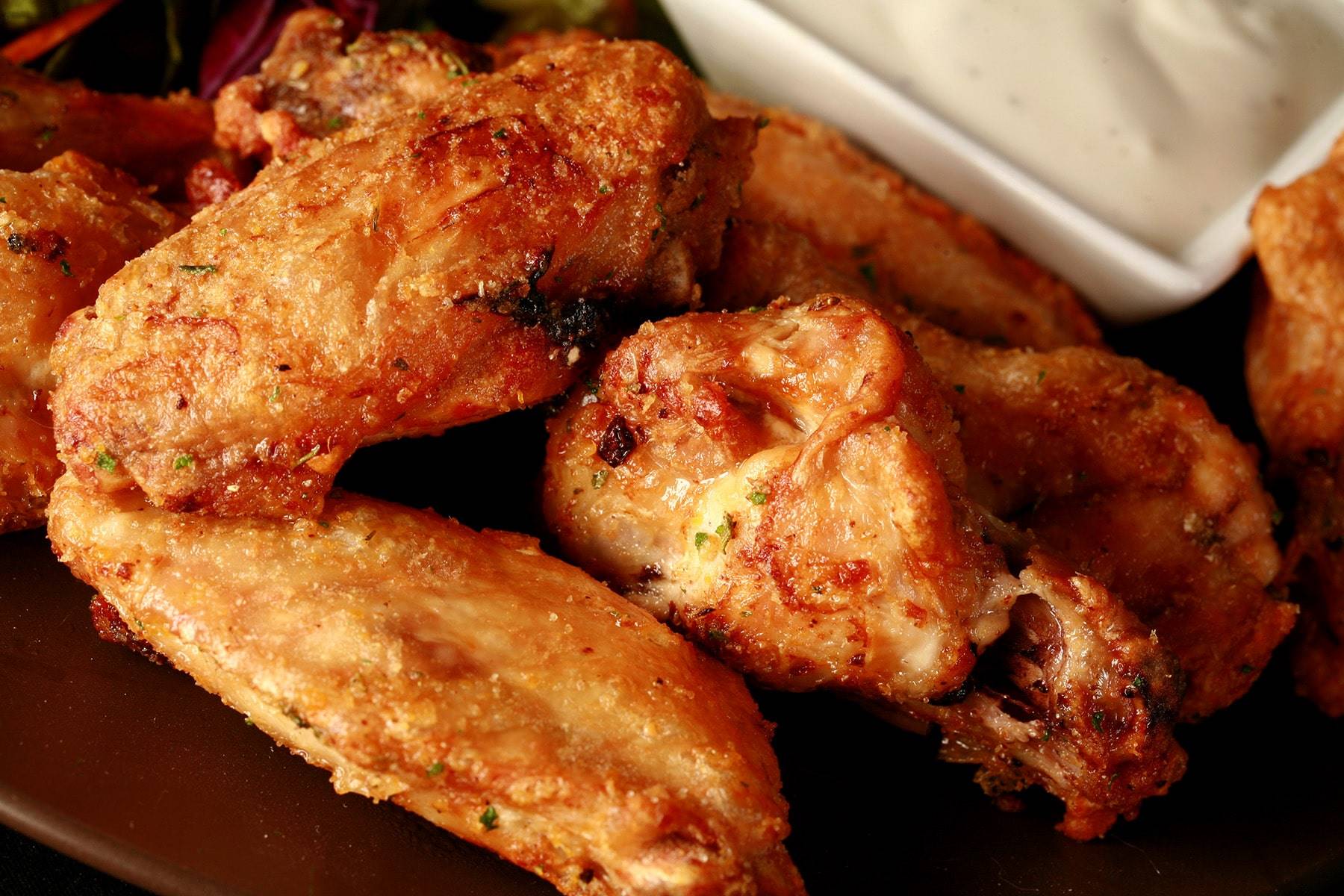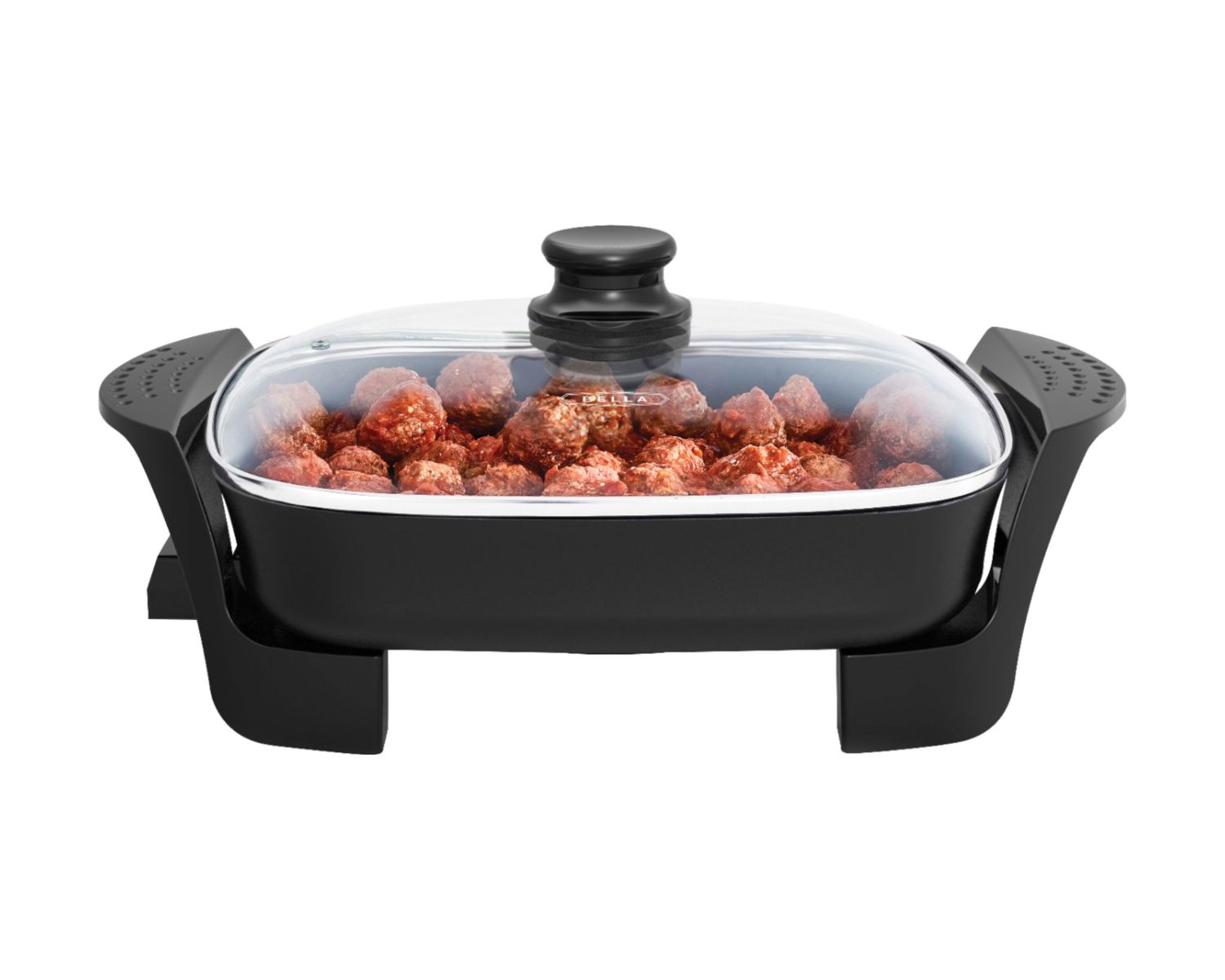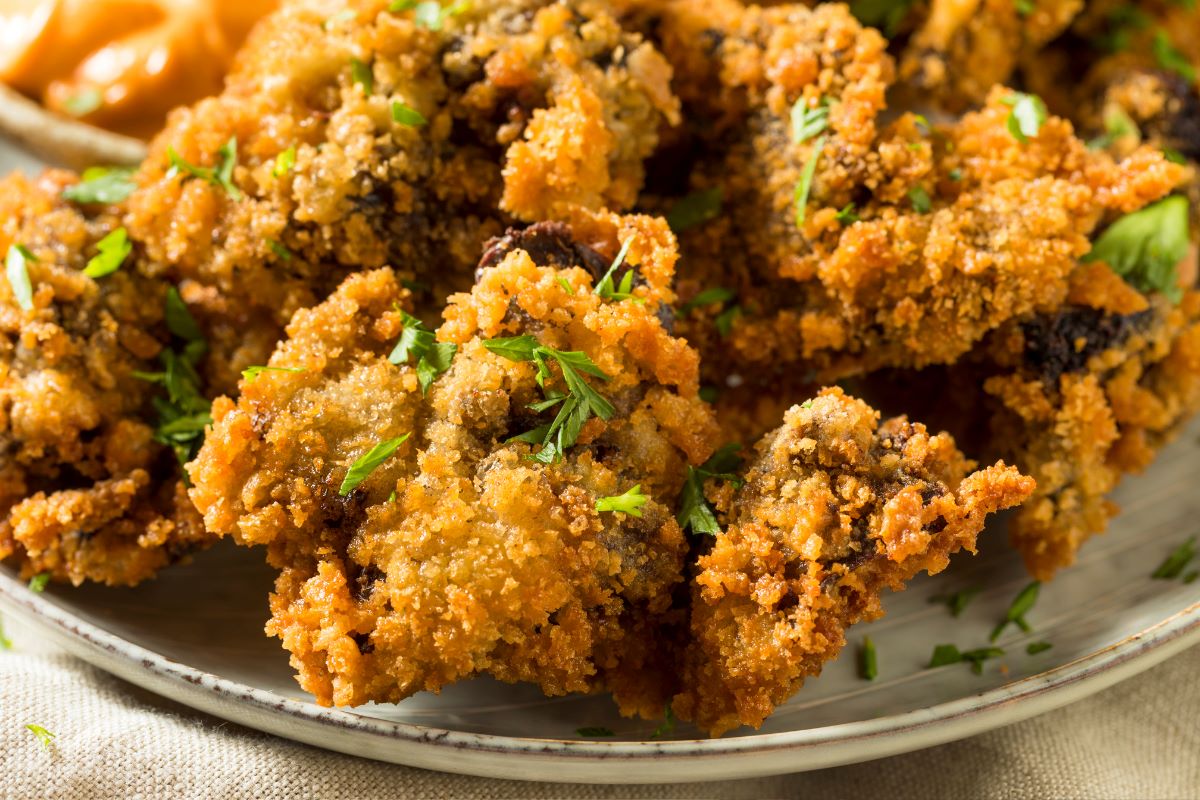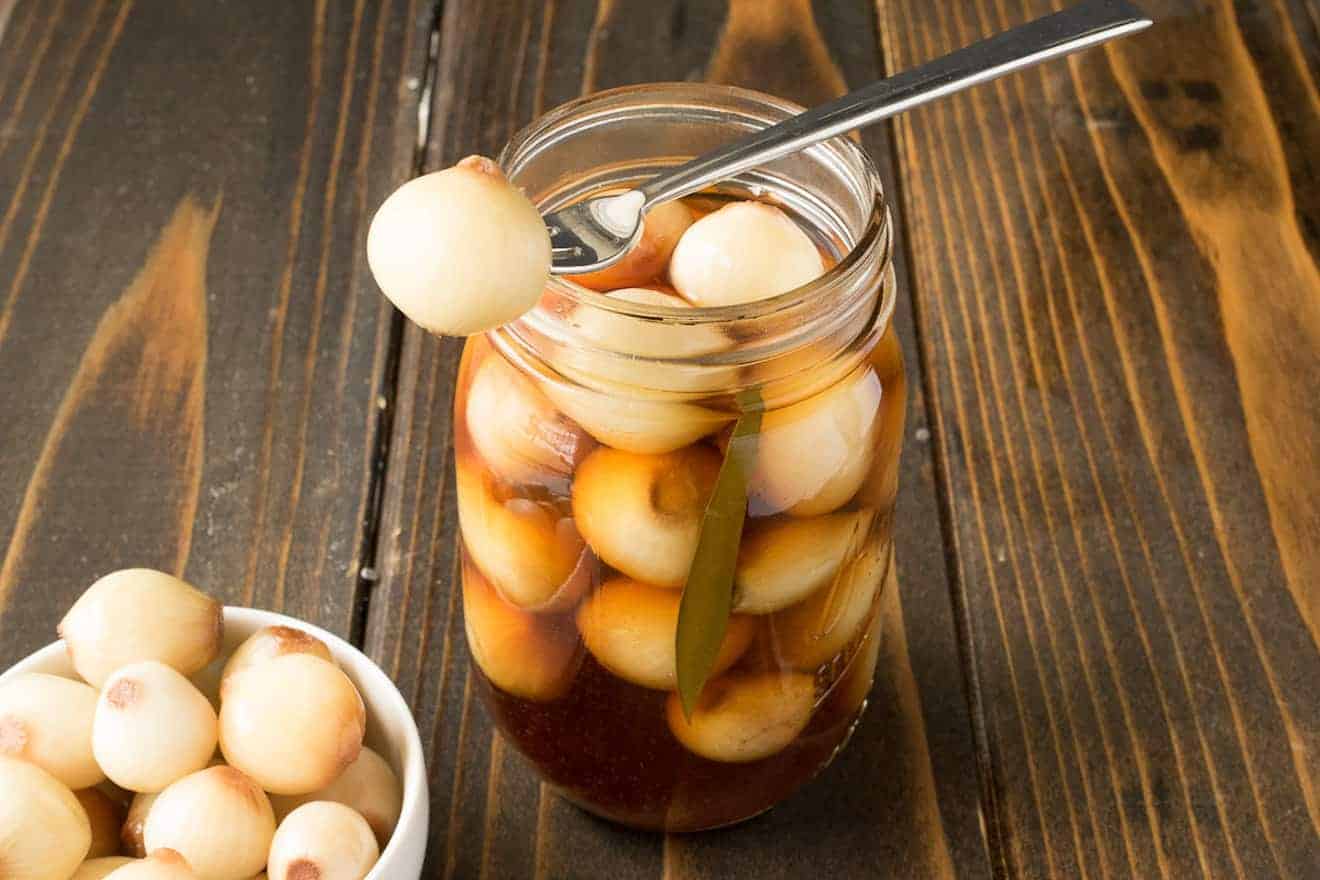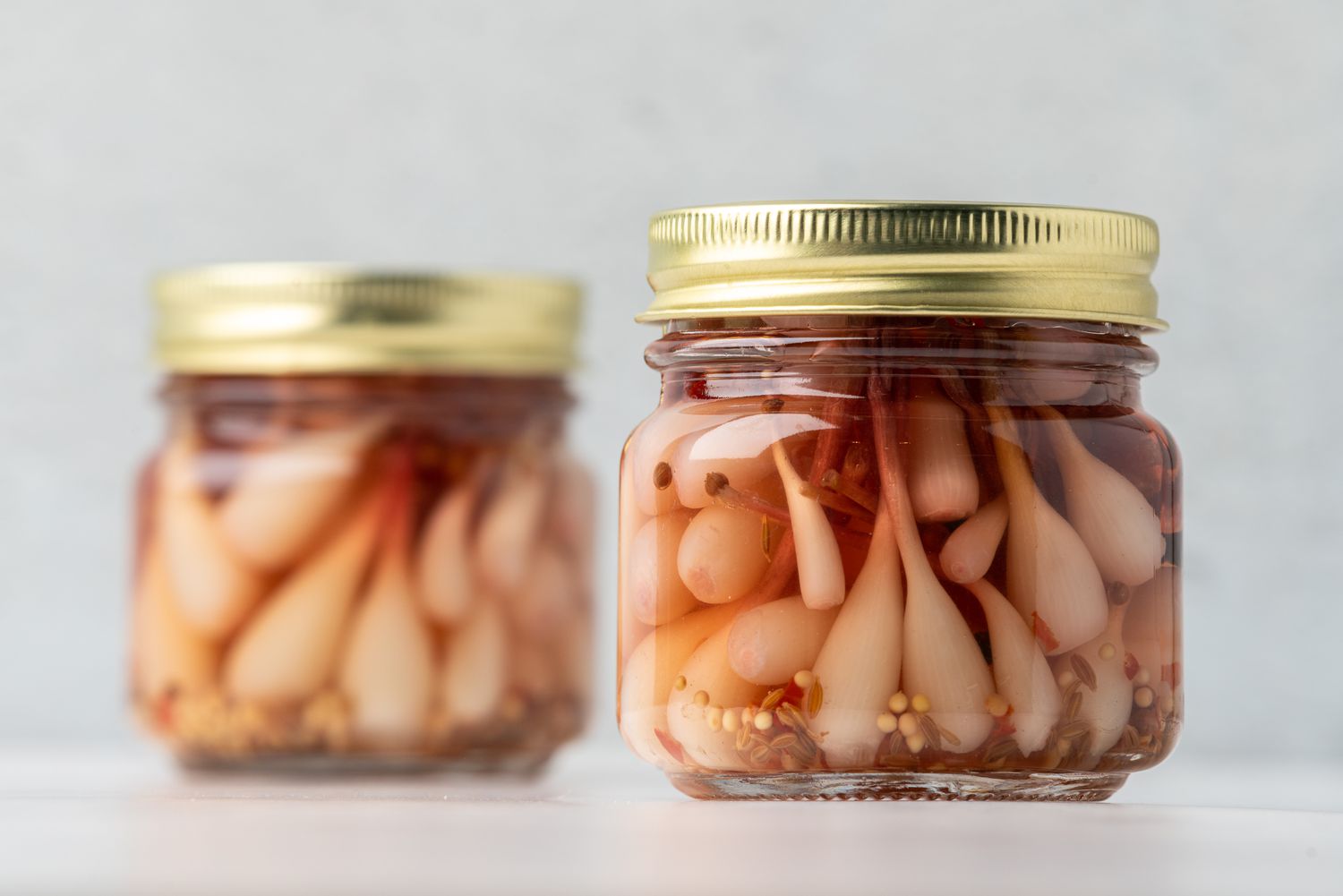Delicious and Easy: Deep-Frying Frozen Vegetables
Are you looking for a tasty and convenient way to enjoy your favorite vegetables? Deep-frying frozen vegetables is a simple and satisfying method that brings out their natural flavors and creates a crispy texture that’s hard to resist. With the right technique, you can transform frozen vegetables into a delicious and nutritious snack or side dish. Let’s explore the steps to achieve perfectly deep-fried frozen vegetables.
Choosing the Right Vegetables
When it comes to deep-frying frozen vegetables, not all varieties are created equal. Some vegetables are better suited for deep-frying than others. Here are some popular options that work well:
- Broccoli: Provides a satisfying crunch when deep-fried.
- Carrots: Add a touch of sweetness and vibrant color to your dish.
- Cauliflower: Offers a mild and nutty flavor that complements deep-frying.
- Zucchini: Delivers a delicate texture and mild flavor when deep-fried.
These vegetables hold up well to the heat of deep-frying and retain their shape and flavor, making them ideal choices for this cooking method.
Preparing the Vegetables
Before you start deep-frying, it’s important to properly prepare the frozen vegetables. Here’s a simple step-by-step guide:
- Thaw the Vegetables: Allow the frozen vegetables to thaw at room temperature for a few minutes. Pat them dry with a paper towel to remove excess moisture.
- Coating the Vegetables: In a bowl, toss the thawed vegetables with a light coating of cornstarch or a batter mixture. This will help create a crispy exterior when deep-fried.
By following these steps, you’ll ensure that the vegetables are ready for the deep-frying process, resulting in a satisfying crunch with every bite.
Deep-Frying Technique
Now that your vegetables are prepped and ready, it’s time to deep-fry them to perfection. Follow these steps for a successful deep-frying process:
- Heat the Oil: In a deep saucepan or fryer, heat vegetable oil to 350-375°F (175-190°C). Use enough oil to fully submerge the vegetables.
- Deep-Frying the Vegetables: Carefully add the coated vegetables to the hot oil, ensuring not to overcrowd the pan. Fry in batches if necessary to maintain an even temperature and crispiness.
- Drain and Season: Once the vegetables are golden brown and crispy, remove them from the oil and place them on a paper towel-lined plate to drain any excess oil. Season with salt, pepper, or your favorite spices while they’re still hot.
With these simple steps, you’ll achieve deep-fried frozen vegetables that are irresistibly crispy and packed with flavor.
Serving Suggestions
Now that your deep-fried vegetables are ready, it’s time to enjoy them in a variety of ways:
- Snack Time: Serve the deep-fried vegetables with a side of your favorite dipping sauce for a satisfying snack.
- Side Dish: Pair the deep-fried vegetables with your favorite main course for a delightful and nutritious side dish.
- Salad Topping: Sprinkle the deep-fried vegetables over a fresh salad to add a crunchy element and elevate the flavors.
Whether you’re looking for a quick snack or a creative side dish, deep-fried frozen vegetables offer endless possibilities for delicious enjoyment.
Conclusion
Deep-frying frozen vegetables is a fantastic way to elevate their natural flavors and create a delightful crunch that’s hard to resist. By following the proper preparation and deep-frying techniques, you can enjoy a satisfying and nutritious dish that’s sure to impress. So, the next time you’re craving a crispy and flavorful treat, consider deep-frying your favorite frozen vegetables for a truly delicious experience.

